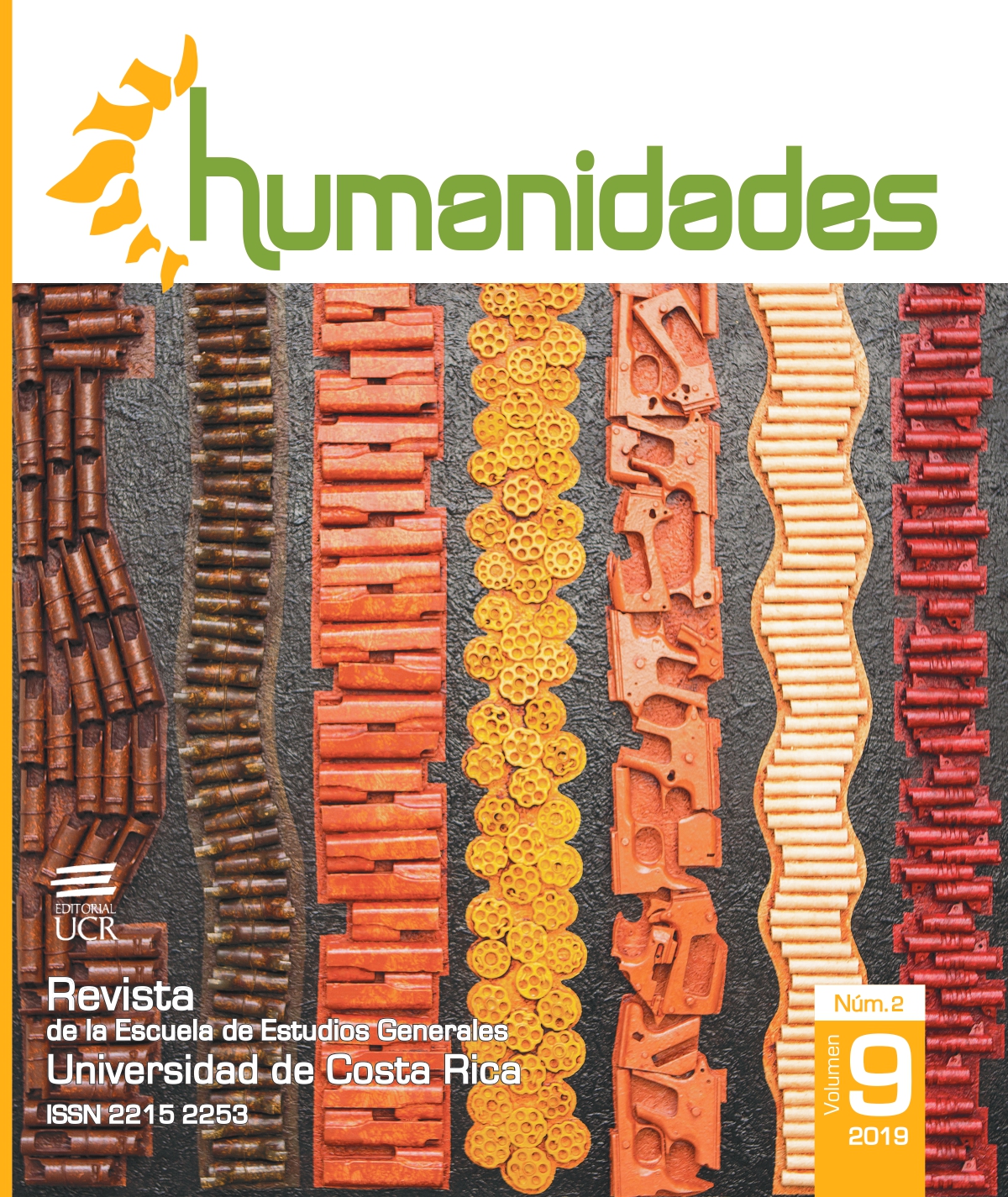Abstract
The architecture of Tadao Ando intensely portrays values derived from his Japanese way of thinking such as sensitivity, deep reflection, spirituality, and respect for nature; his speech is anchored to his origin, combining Japanese philosophy, traditions, and culture. His architecture does not allow a single interpretation, especially because it employs a large number of symbols and, therefore, there are different perspectives from which it can be analyzed. This article describes some of his works and their relationship with essential concepts of Japanese thought; in this way, the hermeneutic approach indicates that the manifestations of substantive elements of his way of thinking are metaphors that lead us to understand our own human condition, where everyday elements such as materials, light, among many others are destined for inducing a deep reflection; consequently, these elements can be considered an instrument to reach spirituality. Not only is it important to know elements of Tadao Ando’s origin to infer the meaning of his work, but it is also fundamental to understand the spirituality of this architect who, by exposing his way of being, enable us to reconfigure the meaning of his work.
References
Ando, T. (1993). Complete works. London, Inglaterra: Phaidon Press.
Auping, M. (2003). Tadao Ando. Conversaciones con Michael Auping. Barcelona, España: Gustavo Gili.
Boyd, J. W. (2005). Japanese shinto: An interpretation of a priestly perspective. New York: Philosophy East & West 55.
Bukkyo Dendo Kyokai. (1984). Teaching of Buddha. Tokio, Japón: Bukkyo Dendo Kyokai.
Dogen, E. (2009). El gran Shobogenzo (Trad. J. Ubalde Merino). Buenos Aires, Argentina: Dunken.
Dogen, Z. (2008). First Dogen book: Selected essays from Dogen Zenji’s Shobogenzo (Trad. T. B. Myers). Colombia Británica, Canadá: CreateSpace Independent Publishing Platform.
Frampton, K. (1995). Thoughts on Tadao Ando. Recuperado de https://www.pritzkerprize.com/sites/default/files/inline-files/1995_essay.pdf
Gleason, W. (1995). The spiritual foundations of aikido. Estados Unidos: Inner Traditions Bear and Company
Havens, N. (1998). Inmanet legitimation: reflections on the “Kami” concept. Recuperado de https://www2.kokugakuin.ac.jp/ijcc/wp/cpjr/kami/havens.html
Heisig, J. (2001) Philosophers of nothingness. Honolulu, Hawái: University of Hawaii Press.
Molinari, L. (2003). Tadao Ando: museums. Roma, Italia: Skira.
Pham, T. (1998). Abstraction and transcendence: nature, shintai, and geometry in architecture of Tadao Ando. Recuperado de http://dissertation.com/books/158112029X
Surya, L. (2008). El despertar del Buda interior (Trad. M. Velázquez). Madrid, España: EDAF.
Watts, A. W. (2003). El camino del zen. Barcelona, España: EDHASA.


